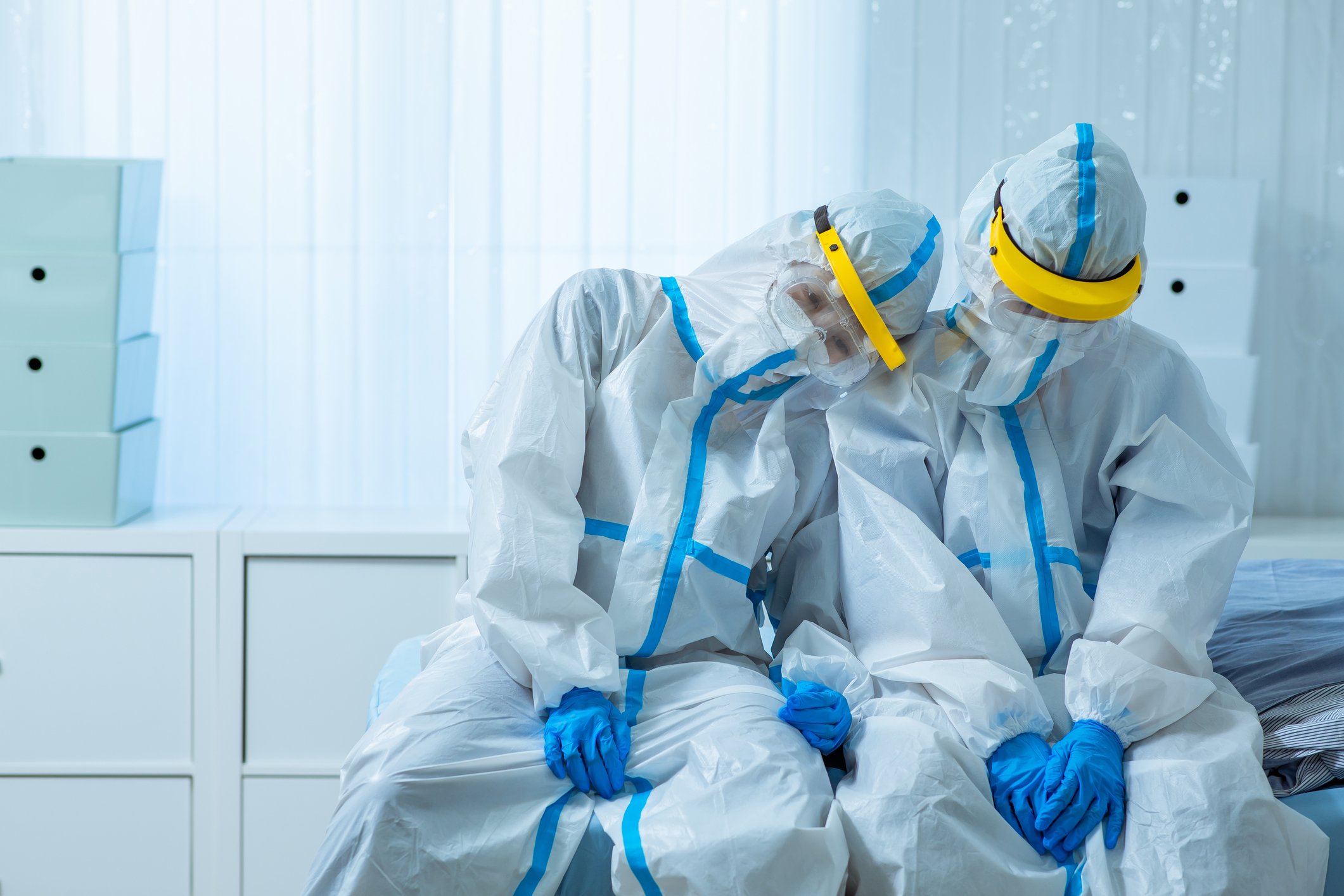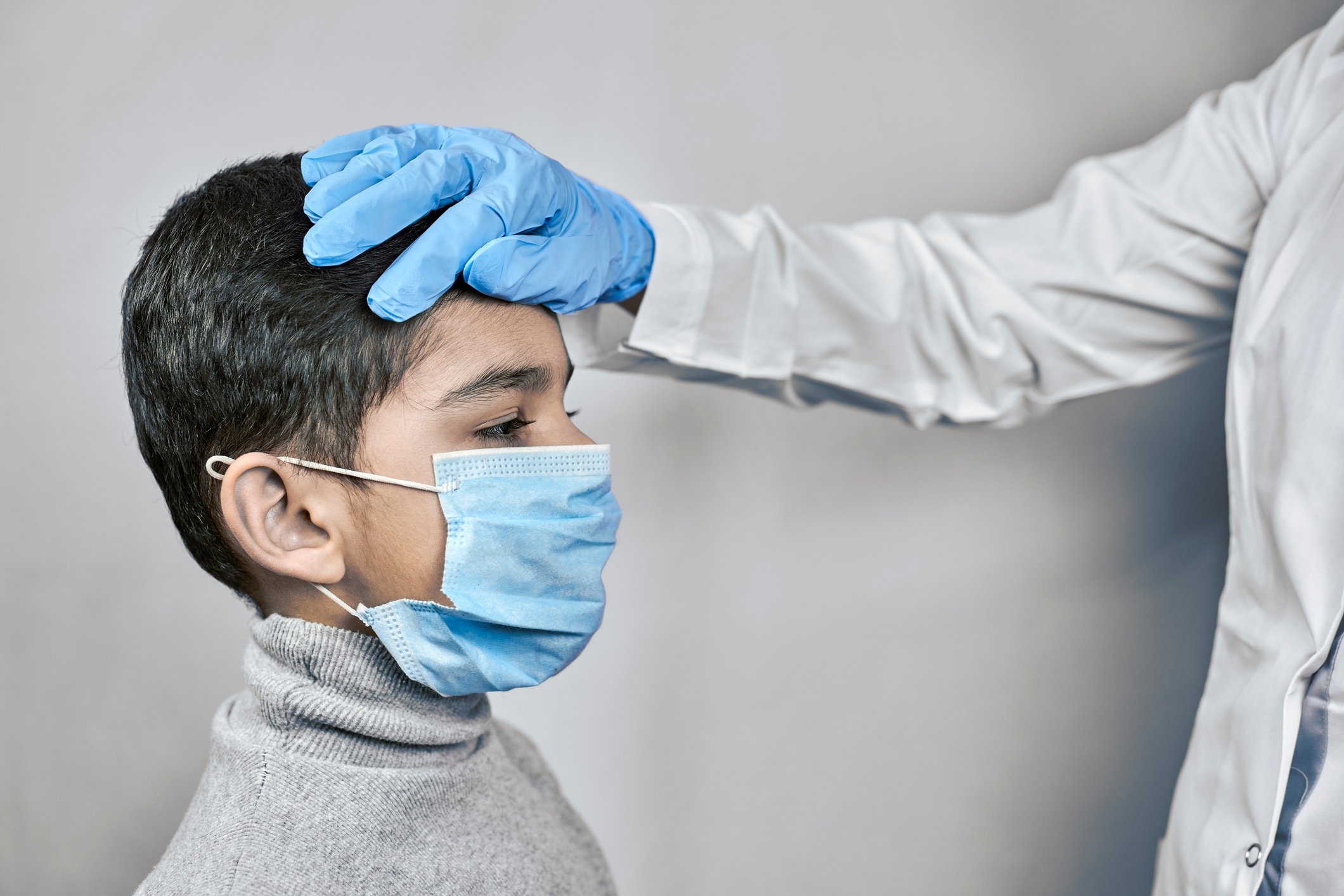 Nurses are a critical part of healthcare and make up the largest section of the health profession. According to The American Nurses Association (ANA), more Registered Nurse jobs will be available through 2022 than any other profession in the United States.
Nurses are a critical part of healthcare and make up the largest section of the health profession. According to The American Nurses Association (ANA), more Registered Nurse jobs will be available through 2022 than any other profession in the United States.
As predicted by health officials, the United States is seeing surges of Coronavirus cases from the holiday season. As health systems and hospitals deal with the surges, they are worried about finding enough medical workers to meet the demand.
“What we see now is just the beginning of the post-Thanksgiving peak,” said Eric Toner, senior scholar with the Johns Hopkins Center for Health Security. “It’s going to be huge, and it’s going to be awful.”
The problem is especially dire in intensive care units which are overcrowded with a record number of critically ill patients.
An article from the New Yorker stated, at least half of all states are now facing staff shortages, and more than a third of hospitals in states such as Arkansas, Missouri, New Mexico, and Wisconsin are simply running out of staff. Usually, an ICU Nurse might care for two critically ill patients at a time. Now, some are caring for as many as eight patients at once.
In some situations, patients have been transported hundreds of miles for an open bed. Some patients have been moved from Texas to Arizona as well as central Missouri to Iowa.
According to ABC News, hospitals in some states are enlisting retired Nurses and Nursing students. In Alabama, more than 120 students and faculty members from the University of Alabama at Birmingham’s Nursing school began helping with care last week at UAB Hospital.
In some states, health officers have amended orders that allow health care workers who tested positive for COVID-19, but are asymptomatic to continue working.
To free up healthcare workers, hospitals are asking medical and Nursing students, firefighters, and EMTs to administer Coronavirus vaccines.
According to Reuters, nearly 10 million doses have been delivered across the country, but only about 1 million administered due to staffing shortages at hospitals and the special requirements for preparing the shots.
Nancy Foster, the American Hospital Association’s vice president of quality and patient safety, said she’s heard from two dozen hospital leaders over the past two weeks, warning her of staffing shortages.
Travel Nurses are usually a good option to help fill open positions, but the pool of available travel Nurses is drying up as demand for them jumped 44% over the last month.
Dr. Mark Ghaly, California’s Health and Human Services secretary, said the state is “lucky to get two-thirds” of its requests for travel Nurses fulfilled right now.
The main hope here is for cases to decrease by people following COVID-19 guidelines such as quarantining and wearing masks.



 School Nurses have become the main point of contact for any and all things COVID-19 related. They are a key component in making sure schools stay open.
School Nurses have become the main point of contact for any and all things COVID-19 related. They are a key component in making sure schools stay open. Many Nurses and Doctors said in interviews with
Many Nurses and Doctors said in interviews with  What Nurses Need to Know about COVID-19
What Nurses Need to Know about COVID-19 During this global health crisis, telehealth is an effective solution for the prevention and treatment of COVID-19.
During this global health crisis, telehealth is an effective solution for the prevention and treatment of COVID-19.